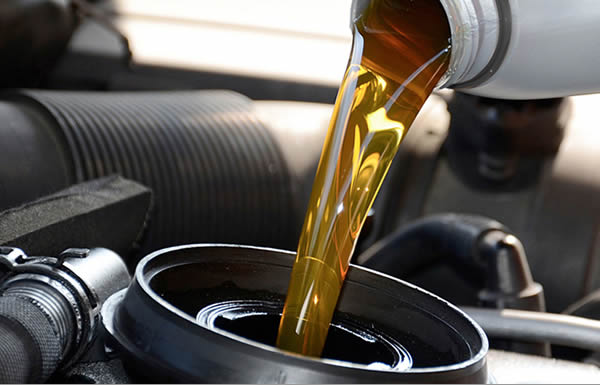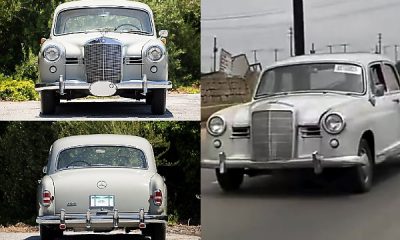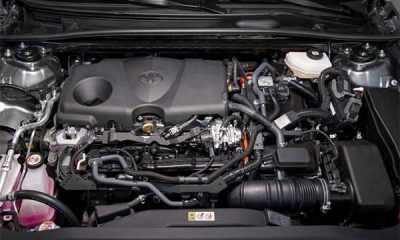
What’s written on your oil bottle, and what does it mean?
Before you buy a bottle of oil (engine oil), there are some criteria you have to look at, Most people do not know, or understand, what is written on a bottle of oil, and therefore have no idea what they are buying/using.
To be blunt about the subject, if a bottle of oil does not contain the following basic information then DO NOT buy it! Look for something that does!
1) The purpose for which it is intended (i.e. Motor oil, Gear oil etc)
2) The viscosity (i.e. 10w40, 5w30 etc for Motor oils and 80w90, 75w90, etc for Gear oils)
3) The specifications that it meets (should contain both API and ACEA ratings)
4) The OEM Approvals that it carries and the codes (i.e. MB229.3, VW503.00, BMW LL01 etc)
Ignore the marketing blurb on the label – in many cases it’s meaningless and I’ll explain later what statements you should treat with some scepticism.
So, what does the above information mean and why is it important?
THE BASICS
All oils are intended for an application and in general are not interchangeable. You would not for example put an Automatic Transmission Oil or a Gear Oil in your engine! It’s important to know what the oil’s intended purpose is.
VISCOSITY
Most oils on the shelves today are “Multigrades”, which simply means that the oil falls into 2 viscosity grades (i.e. 10w-40 etc)
Multigrades were first developed some 50 years ago to avoid the old routine of using a thinner oil in winter and a thicker oil in summer.
In a 10w-40 for example the 10w bit (W = winter, not weight or watt or anything else for that matter) simply means that the oil must have a certain maximum viscosity/flow at low temperature. The lower the “W” number the better the oil’s cold temperature/cold start performance.
The 40 in a 10w-40 simply means that the oil must fall within certain viscosity limits at 100°C. This is a fixed limit and all oils that end in 40 must achieve these limits. Once again the lower the number, the thinner the oil: a 30 oil is thinner than a 40 oil at 100°C etc. Your handbook will specify whether a 30, 40 or 50 etc is required.
SPECIFICATIONS
Specifications are important as these indicate the performance of the oil and whether they have met or passed the latest tests, or whether the formulation is effectively obsolete or out of date. There are two specifications that you should look for on any oil bottle and these are API (American Petroleum Institute) and ACEA (Association des Constructeurs Europeens d’Automobiles) all good oils should contain both of these, and an understanding of what they mean is important.
Oil Types, Weights & Viscosity FAQ
Is it ok to switch motor oil weights, for example, from a 5W-20 to a 10W-30?
It depends. Some vehicle manufacturers provide a range of recommended motor oil viscosity grades based on the outside temperature in which the car is driven. Other manufacturers recommend the use of only one motor oil viscosity grade. For best engine performance, always follow the manufacturer’s recommendations found in your vehicle’s owner’s manual.
Is it ok to use 5W-30 in a car if the owner’s manual calls for 5W-20?
It is not recommend to do this. Using a heavier grade than recommended may cause decrease in fuel economy, higher engine loads and eventually shortened engine life. Using a lighter grade than recommended may result in excessive mechanical wear and reduced engine life. For maximum engine performance, follow the recommended motor oil viscosity and maintenance schedule provided in your vehicle’s owner’s manual.
What does the “w” in a grade of motor oil stand for?
The “w” in motor oil stands for winter. The first number in the oil classification refers to a cold weather viscosity. The lower this number is, the less viscous your oil will be at low temperatures. For example, a 5W- motor oil will flow better at lower temperatures than a 15W- motor oil. The higher number, following the “w” refers to hot weather viscosity, or how fluid your oil is at hot temperatures. The higher the number, the thicker the oil at a specified temperature.
Is thicker oil better?
In some circumstances, thicker oil can be used to compensate for increased bearing clearances (gaps between bearing and rotating shaft) that have developed over the years. A large change in bearing clearances can result in poorer lubrication. For best performance always follow the recommendations for motor oil viscosity in your vehicle’s owner’s manual.
When does it make sense to use straight weight oil (SAE30) versus a multigrade oil (5W-30)?
Straight weight oil is never recommended for use in a system that requires a multi-viscosity oil. Straight weight oils are generally recommended for smaller engines or older vehicles that were made before multi-viscosity oils were produced.
Is switching types of motor oil (conventional, synthetic, etc.) harmful to my vehicle’s engine?
Conventional, synthetic blend, synthetic and high mileage motor oils are compatible and will not harm your vehicle’s engine. For maximum engine performance, follow the motor oil type recommendation provided in your vehicle’s owner’s manual.
Is it true that older cars must only use conventional oil?
No.
By.. Domack99, Driverstechnology and Valvoline

 News1 week ago
News1 week ago
 News1 week ago
News1 week ago
 News1 week ago
News1 week ago
 News1 week ago
News1 week ago
 News4 days ago
News4 days ago
 Latest Cars1 week ago
Latest Cars1 week ago
 News1 week ago
News1 week ago
 News1 week ago
News1 week ago












